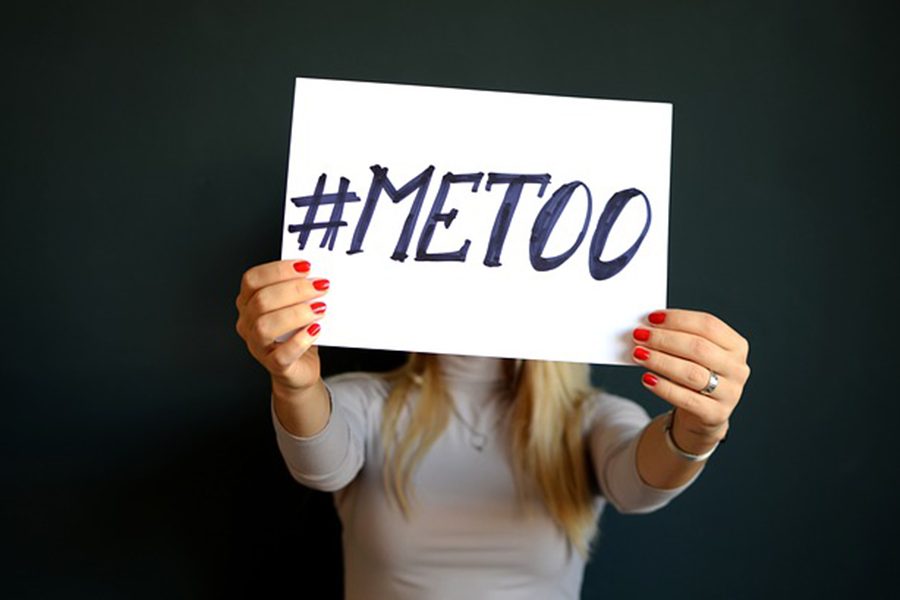Sexual Harassment in the Workplace
Published: February 13, 2018
The #MeToo movement has brought cases of rape, assault and sexual harassment to light in everywhere from big cities to small towns and suburbs. The movement’s reach seems to know no bounds, affecting celebrities, politicians, athletes and everyday people. The men and women now coming forward with their stories has brought awareness to the struggles faced by those that are victims of sexual misconduct. According to a survey done by Cosmopolitan, one in three women ages 18 to 34 have experienced some form of sexual harassment in the workplace.
The American Association of University Women defines sexual harassment in a workplace environment as, “unwelcome sexual advances, requests for sexual favors, or other verbal or physical conduct of a sexual nature.”
More specific examples of harassment at work would be asking inappropriate questions about one’s sexual identity or history, displaying inappropriate images publicly and sending suggestive emails or memos.
These offenses, whether they are committed by an employer, co-worker or client, can be reported to the company or a business’s human resources department. The time, date and details of the incident should be included in the initial report. If the victim in the case feels as though the harassment has caused them harm, they can file a complaint with the Equal Employment Opportunity Commission (EEOC) using the information from the previously filed report.
According to the EEOC, they can not and will not take action based off of teasing or isolated incidents that aren’t serious. The law does however, prevent harassment of a sexual nature if it creates a hostile work environment or prohibits an employee from doing their job.
If the accusations being made fit the definition of workplace sexual harassment and if the employer has not handled the situation in a manner that resolves the issues, then the EEOC will work to find sufficient evidence and if necessary they can file a lawsuit on behalf of the victim.






![2025 Snowcoming Dance [Photo Gallery]](https://FHNtoday.com/wp-content/uploads/2025/03/Snowco2025-Hmartin-3-300x200.jpg)
![2025 Snowcoming Pep Assembly [Photo Gallery]](https://FHNtoday.com/wp-content/uploads/2025/03/IMG_9969-300x200.jpg)
![Girls Soccer Holds Fourth Day Of Tryouts [Photo Gallery]](https://FHNtoday.com/wp-content/uploads/2025/03/AOrozco_Soccertryouts_3.6-20-300x200.jpg)
![Baseball Holds Their Last Day of Tryouts [Photo Gallery]](https://FHNtoday.com/wp-content/uploads/2025/03/baseball-tryouts-3.7-austin-griffin-11-300x200.jpg)

![Boys Tennis Sweeps Pattonville in First Home Match of the Season [Photo Gallery]](https://FHNtoday.com/wp-content/uploads/2025/04/IMG_9448-2-1200x800.jpg)
